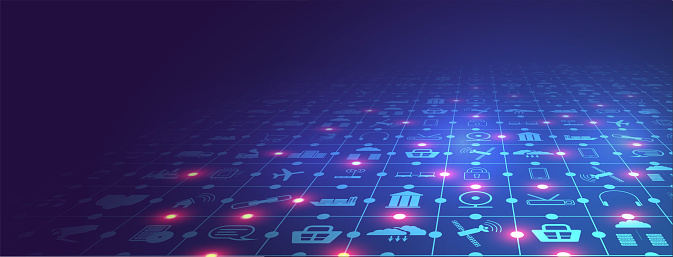IoT automation trend rides the next wave of machine learning, Big Data
An array of new methods — along with unexpected new pressures — cast today’s IoT automation efforts in an utterly new light.
Progress today in IoT automation is based on fresh methods employing big data, machine learning, asset intelligence and edge computing architecture. It is also enabled by emerging approaches to service orchestration and workflow, and by ITOps efforts that stress better links between IT and operations.
On one end, advances in IoT automation include robotic process automation (RPA) tools that use sensor data to inform backroom and clerical tasks. On the other end are true robots that maintain the flow of goods on factory floors.
Meanwhile, nothing has focused business leaders on automation like COVID-19. Automation technologies have gained priority in light of 2020’s pandemic, which is spurring use of IoT sensors, robots and software to enable additional remote monitoring. Still, this work was well underway before COVID-19 emerged.
Cybersecurity Drives Advances in IoT Automation
In particular, automated discovery of IoT environments for cybersecurity purposes has been an ongoing driver of IoT automation. That is simply because there is too much machine information to manually track, according to Lerry Wilson, senior director for innovation and digital ecosystems at Splunk. The target is anomalies found in data stream patterns.
“Anomalous behavior starts to trickle into the environment, and there’s too much for humans to do,” Wilson said. And, while much of this still requires a human somewhere “in the loop,” the role of automation continues to grow.
Wilson said Splunk, which focuses on integrating a breadth of machine data, has worked with partners to ensure incoming data can now kick off useful functions in real time. These kinds of efforts are central to emerging information technology/operations technology (IT/OT) integration. This, along with machine learning (ML), promises increased automation of business workflows.
“Today, we and our partners are creating machine learning that will automatically set up a work order – people don’t have to [manually] enter that anymore,” he said, adding that what once took the form of analytical reports now is correlated with historic data for immediate execution.
“We moved past reporting to action,” Wilson said.
Notable use cases Splunk has encountered include systems that collect signals to monitor and optimize factory floor and campus activity as well as to correlate asset information, Wilson indicated.
To read the complete article, visit IoT World Today.

















